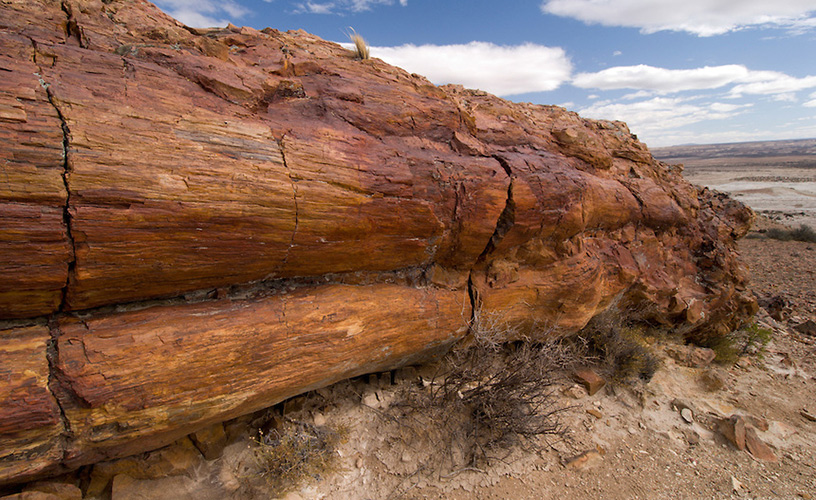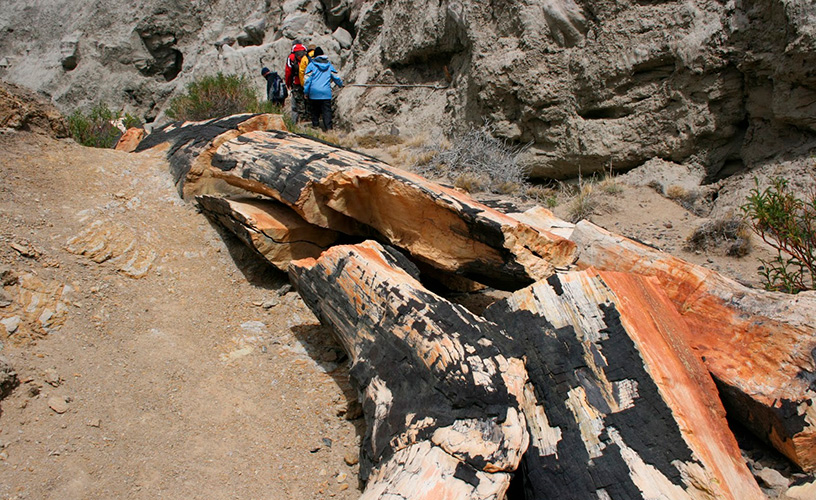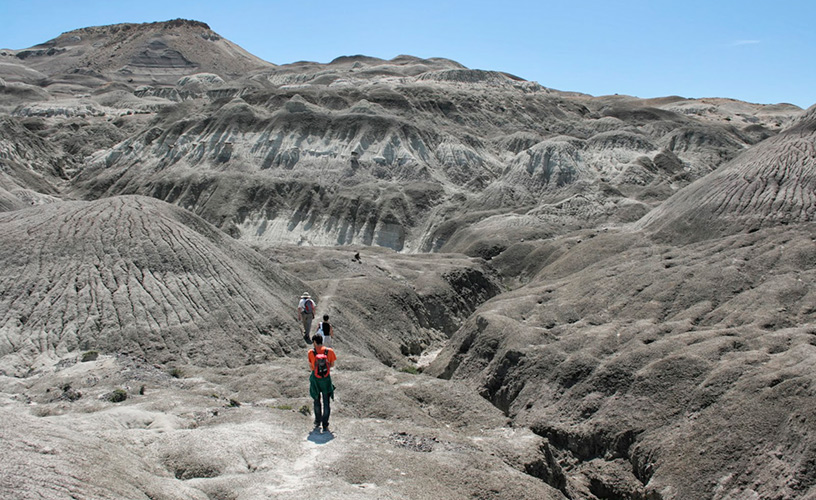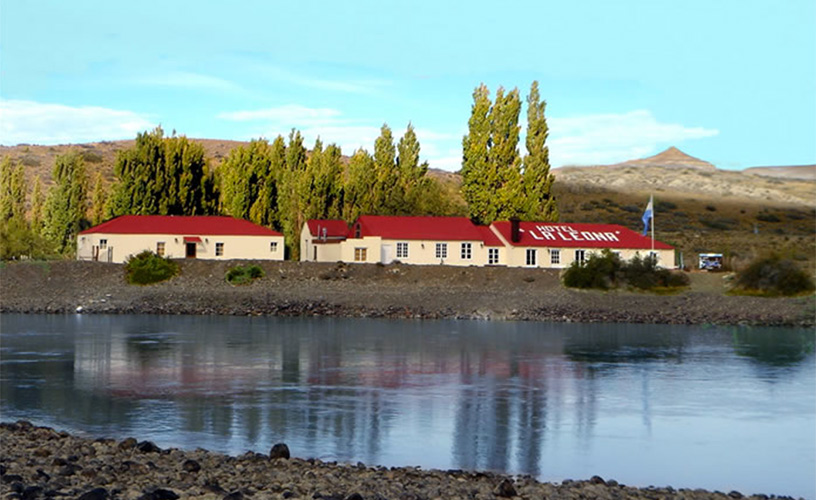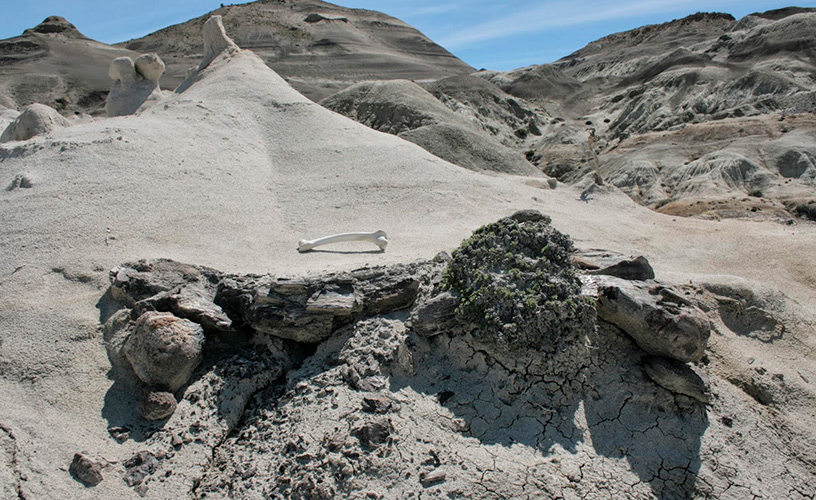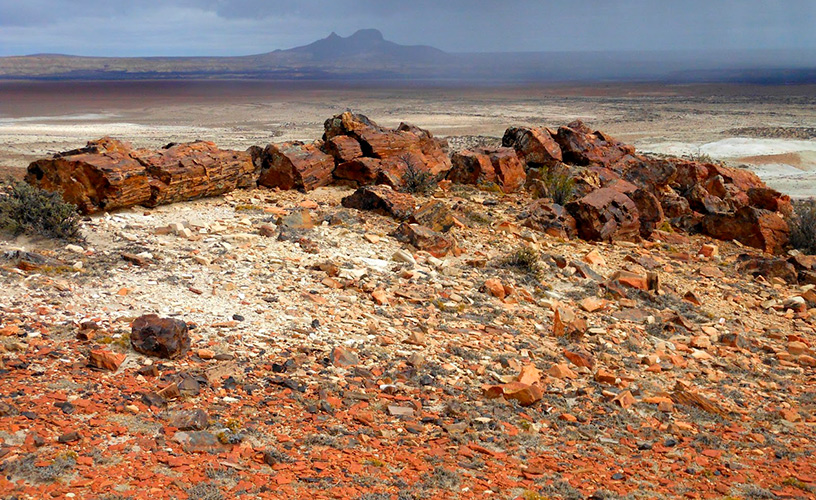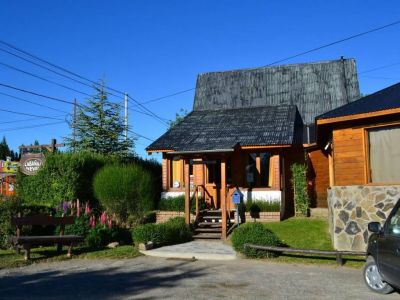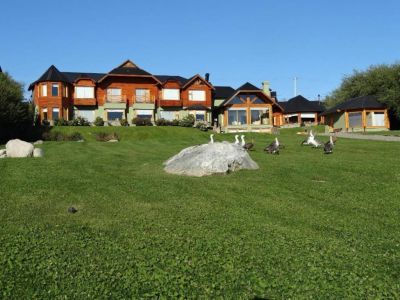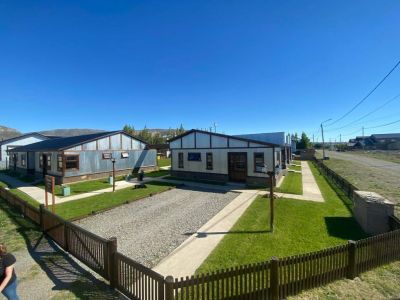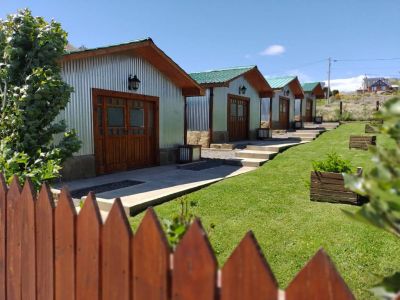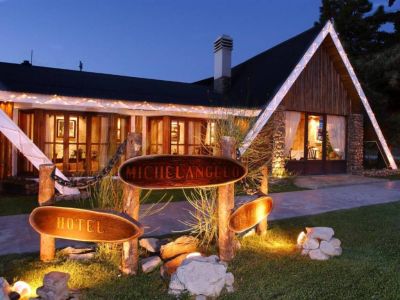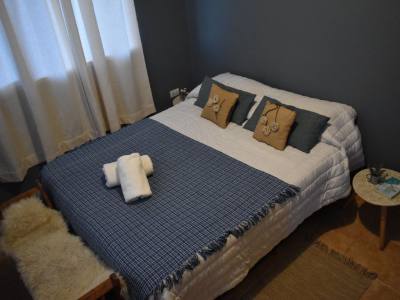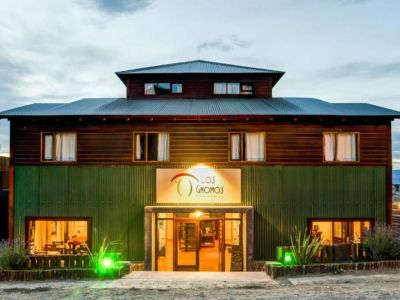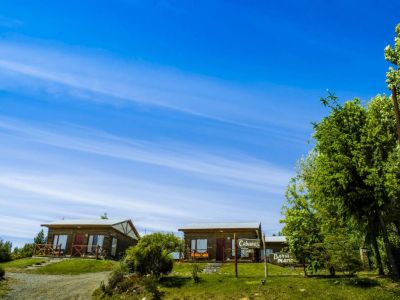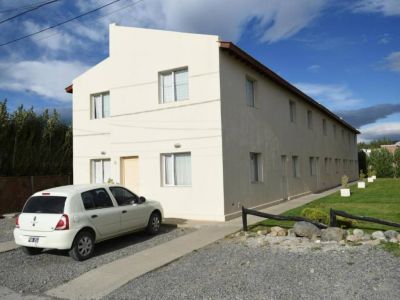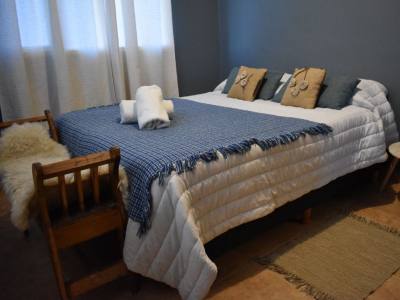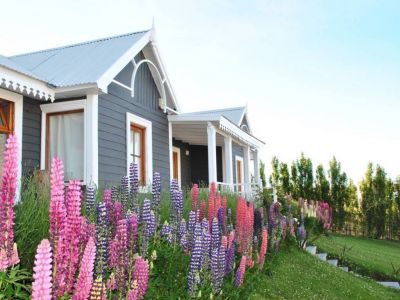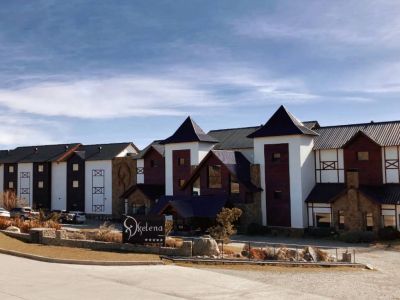We woke up very early to start our trip. We were aware of the fact that we had to travel a long distance in order to reach the estancia called La Leona. After traveling 33 kilometers towards the East following Provincial Route 5, we turned north into National Route 40 and covered other 67 kilometers. The journey was long but the view was totally worth it. We left the splendid valley through which La Leona River runs, along with Lake Argentino and the Santa Cruz River, and got deep into a trail watched by majestic mountains. Once at La Leona Hotel, we felt we had traveled back in time. There it lies, immutable. It has looked the same ever since 1916, when it housed a bar and a store run by Theodor Baash. We reached the foot of Mount Los Hornos at around noon. The vestiges of glaciation and the wind that hits hard on the arid steppe create a fantastic scene.
As we moved along, we were surprised by the singular surface we were stepping on. Almost out of the blue, a giant depression occupying approximately 800 hectares appeared in the middle of the steppe. This scenery, similar to the moon surface, is the result of the wind and water erosion that have modified this soil throughout the years. The trees that underwent this geological phenomenon, along with other fossil remains, make up this impressive deposit. We got into a narrow path in search for the petrified logs. "The petrification process experienced by mineral components through thousands of years has gradually replaced the organic matter which, in spite of everything, kept its external aspect" our guide told us as we walked on. It is estimated that 150 million years have passed from the moment these logs were petrified to this date.
At the end of the mid-Jurassic period, an intense volcanic activity took place at the same time the Andean mountain range was formed. This buried then hot and humid Patagonia and its woodlands under a thick layer of ashes to start turning it into what it is today. Unlike the petrified woods, these trees in La Leona were dragged both by rivers and glaciers, to the place where they lie at present. Protected by the hillsides and immersed in an extremely arid climate, countless pieces have been preserved on the ground. Many of them feature a large size, some of them boasting one-meter diameter. Halfway through our route, before walking on towards the deep ravines, we stopped to have lunch and some rest. We knew the best was still to come. We sat on the dry soil, surrounded by a desert scene yet overflowing with beauty. Finally, after a three-hour walk, we reached the core of the main ravine, where we found the fossilized specimens. Logs turned into rock and the remains of bones of presumed prehistoric animals not studied yet, lay all around. They had been there for thousands of years. After appreciating that archaic scene, it was time to go back. We knew we could not leave the city without stopping at Hotel La Leona to taste some delicious coffee and a piece of its exquisite cakes. Back in the City of El Calafate, we realized that only 110 kilometers away, there is an invitation to travel back in time and take us deep into the time in which charming Patagonia used to look quite different from what we all know. Pablo Etchevers
Gentileza Losglaciares.com
Phone: +54 2902-492075
Phone: +54 2902-492276
